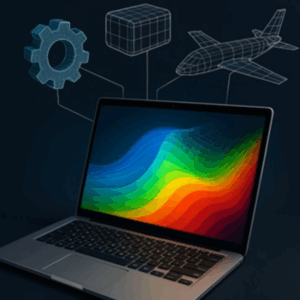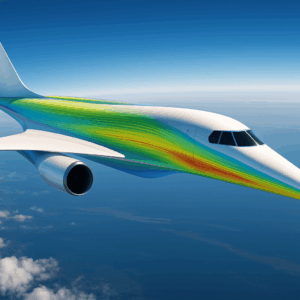Simulation-Driven Innovation for Next-Gen Networks
What are the key challenges for going beyond 800G in optical transceivers?
As we move beyond 800G in optical communication systems, the demands on transceiver performance are becoming more and more challenging to meet. The main drivers – AI applications, high-performance computing, and cloud infrastructure – are pushing bandwidth requirements to their physical limits. This means that devices need to support extremely high data rates while remaining power-efficient and compact.
One of the key challenges is that we no longer only need fast modulators – we need them to operate reliably in smaller footprints, with lower power consumption, and often in complex, co-integrated systems. At these speeds, even the smallest component – like a coupler or waveguide – must be highly optimized. You’re not just designing a device for performance anymore; you’re designing it for performance and system-level integration, yield, thermal stability, and fabrication robustness.
This leads to a shift in design thinking: instead of optimizing individual devices, we must now think in terms of complete ecosystems – integrating RF, photonics, electronics, and packaging in one tightly coupled design flow.
What Is an 800G Optical Transceiver and Why Does It Matter?
ud83dude80 Hurry up! Get 33% off now for a limited time offer. ud83cudf89











